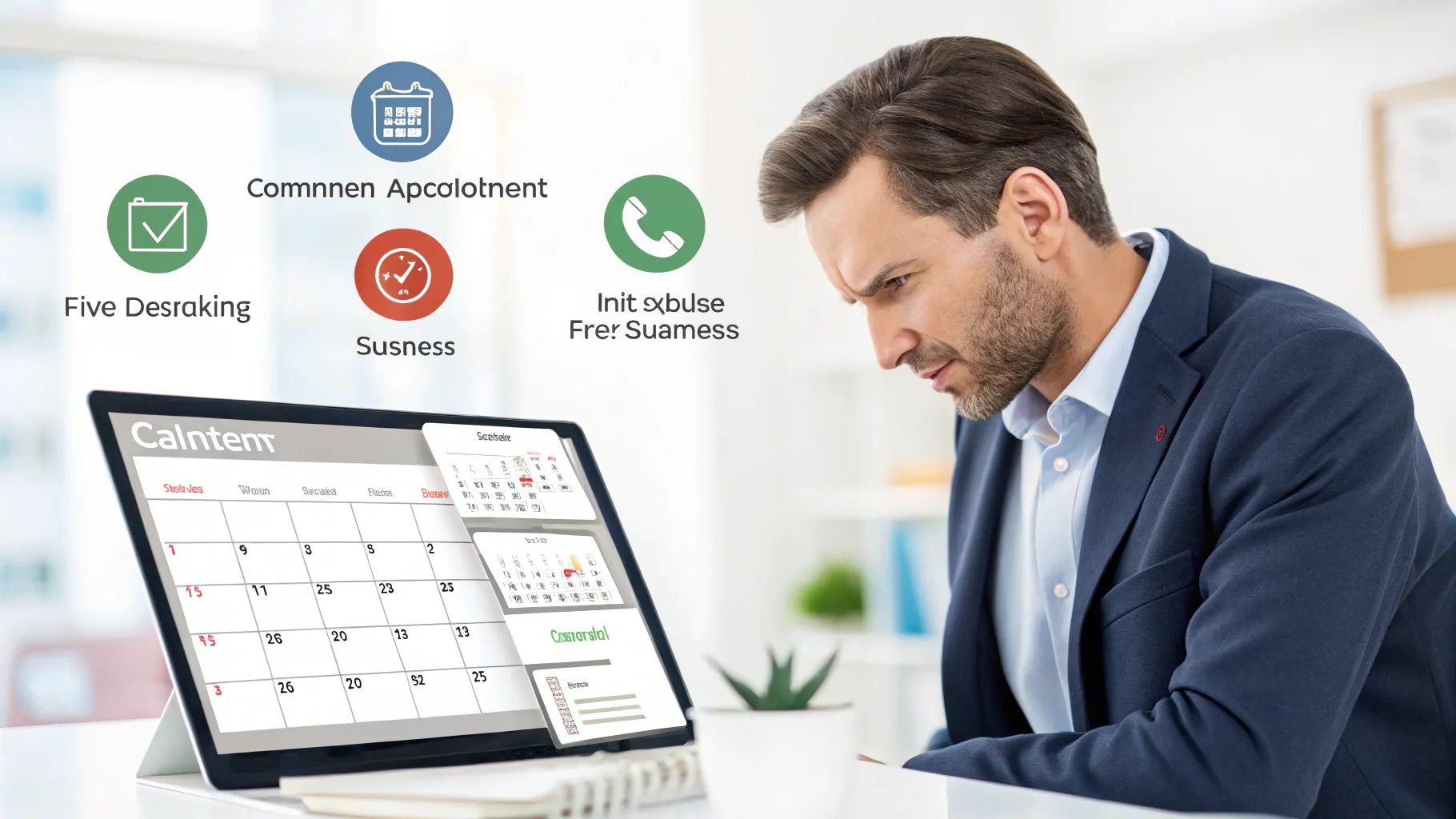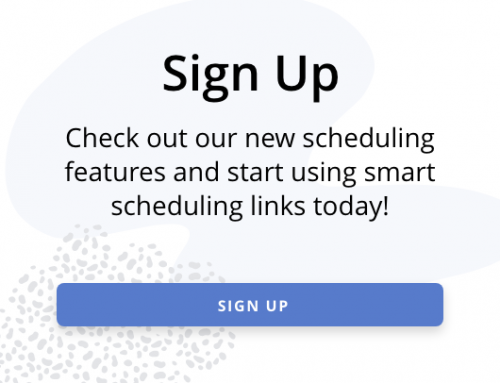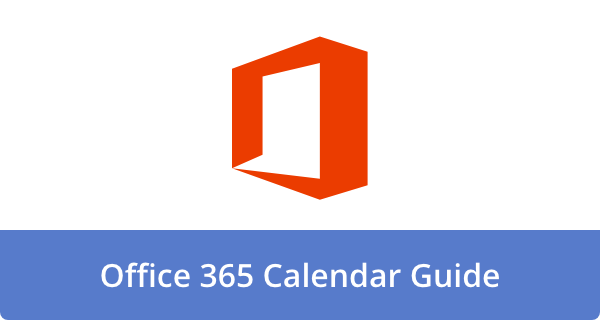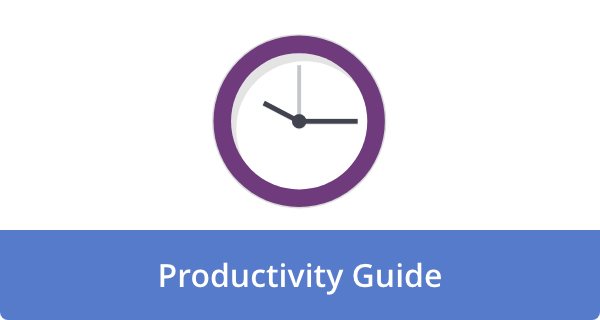
Your online booking system can make or break your business. As I watched Scott Friesen’s recent talk on appointment scheduling, I realized how many service providers unknowingly turn away customers with poorly designed booking experiences.
Having worked with several small businesses on their digital presence, I’ve seen firsthand how these seemingly minor issues can significantly impact revenue. The good news? Most of these problems have straightforward fixes that can be implemented quickly.
The Hidden Barriers in Your Booking Process
The first mistake Scott highlighted was having a poorly designed landing page. If your “Book Now” button isn’t immediately visible when someone visits your site, you’re already losing potential clients. I’ve abandoned booking with service providers myself when I couldn’t quickly find how to schedule an appointment.
Scott demonstrated this with his fictional “Math Learning Lounge” website, where the booking button was prominently displayed in a contrasting color. This simple design choice makes it impossible to miss and eliminates friction from the very start of the customer journey.
Beyond button placement, many businesses fail to include essential information on their landing pages:
- Operating hours
- Clear service descriptions
- Location details (with maps if applicable)
- Contact information
When this information is buried in subpages, you’re creating unnecessary obstacles for potential clients who might simply move on to a competitor.
Missing Revenue Opportunities
The second mistake Scott identified was failing to offer service bundles or packages. This resonated with me because it’s such a missed opportunity for increasing average transaction value.
In his tutoring example, Scott demonstrated how offering an “Ultimate Academic Success Package” at a slightly discounted rate, compared to booking individual sessions, created a win-win situation. Clients get better value, and the business secures more revenue upfront.
I’ve seen this strategy work brilliantly for massage therapists who offer discounted packages of 5-10 sessions, as well as hair salons that bundle cut and color services. Not only does this increase immediate revenue, but it also improves client retention since they’ve already paid for future appointments.
The Payment Problem
Perhaps the most costly mistake is not collecting payment (or at least a deposit) at the time of booking. No-shows are the bane of appointment-based businesses, representing pure lost revenue that can never be recovered.
If you run an appointment business of any kind, you know that the worst feeling is when you get a no-show. You’ve reserved the time, you’ve blocked out the hour on your calendar, and if they don’t show up, you are getting zero.
Scott made a compelling point that even industries not traditionally accustomed to upfront payment should consider requiring deposits. My hairstylist implemented this policy last year, and she told me her no-show rate dropped from nearly 15% to under 3%.
Modern booking platforms make this easy to implement with integrated payment processing through Stripe, PayPal, or Square.
The Reminder Gap
The fourth mistake involves poor communication after booking. Scott demonstrated how a robust reminder system should work, with customizable notifications for both service providers and clients.
What impressed me was the flexibility in how these reminders can be delivered:
- Email confirmations immediately after booking
- Text message reminders 24 hours before appointments
- WhatsApp notifications for schedule changes
Different clients prefer different communication channels, and meeting them where they are increases the likelihood they’ll show up on time. I’ve found that text message reminders, in particular, have dramatically reduced late arrivals for the businesses I’ve worked with.
Building Long-Term Client Relationships
The final mistake Scott discussed was neglecting loyalty programs. For service businesses, repeat customers are the foundation of sustainable growth. Implementing a points-based system where clients earn rewards for each booking creates a powerful incentive for them to return.
What I found particularly clever was how Scott’s example allowed clients to convert their points into gift cards. This not only encourages repeat business but can also attract new clients when gift cards are given to friends and family.
After watching Scott’s presentation, I’m convinced that fixing these five common booking mistakes could significantly boost client acquisition and retention for any appointment-based business. The solutions don’t require technical expertise or major investments—just thoughtful attention to the customer experience, from the first click to the repeat visit.
Frequently Asked Questions
Q: How important is the placement of the “Book Now” button on my website?
Extremely important. Your booking button should be prominently displayed “above the fold” (visible without scrolling) and in a contrasting color that stands out from your brand colors. This ensures visitors can immediately take action without having to search for how to book with you.
Q: Should service-based businesses really collect payment upfront?
Yes, even if it’s just a deposit. Requiring some form of payment at booking dramatically reduces no-shows, which are pure lost revenue. Many businesses that have implemented this policy report a drop in no-show rates from 10-15% to under 3%, which directly impacts your bottom line.
Q: What types of reminders work best for ensuring clients show up?
A combination approach works best. An immediate email confirmation after booking, followed by a text message reminder 24 hours before the appointment, tends to be most effective. The key is customization—allowing clients to choose their preferred communication channel increases the likelihood they’ll see and respond to your reminders.
Q: How can small businesses implement effective service bundles?
Start by identifying services that naturally complement each other or that clients typically purchase in sequence. Create packages that offer a slight discount (10-15%) compared to booking these services individually. Display the regular prices alongside the bundle price to highlight the savings and make the value proposition clear.
Q: Are loyalty programs worth implementing for appointment-based businesses?
Absolutely. Loyalty programs create a powerful incentive for repeat business. A points-based system where clients earn rewards for each booking is simple to implement and understand. Consider allowing points to be redeemed for discounts, free services, or gift cards that can be shared with others—this not only retains existing clients but can help acquire new ones.











Howie Jones
My name is Howie and I'm a Customer Success Manager at Calendar. I like to ensure our customers get the best experience using our product. If you have questions email me howie at calendar.com